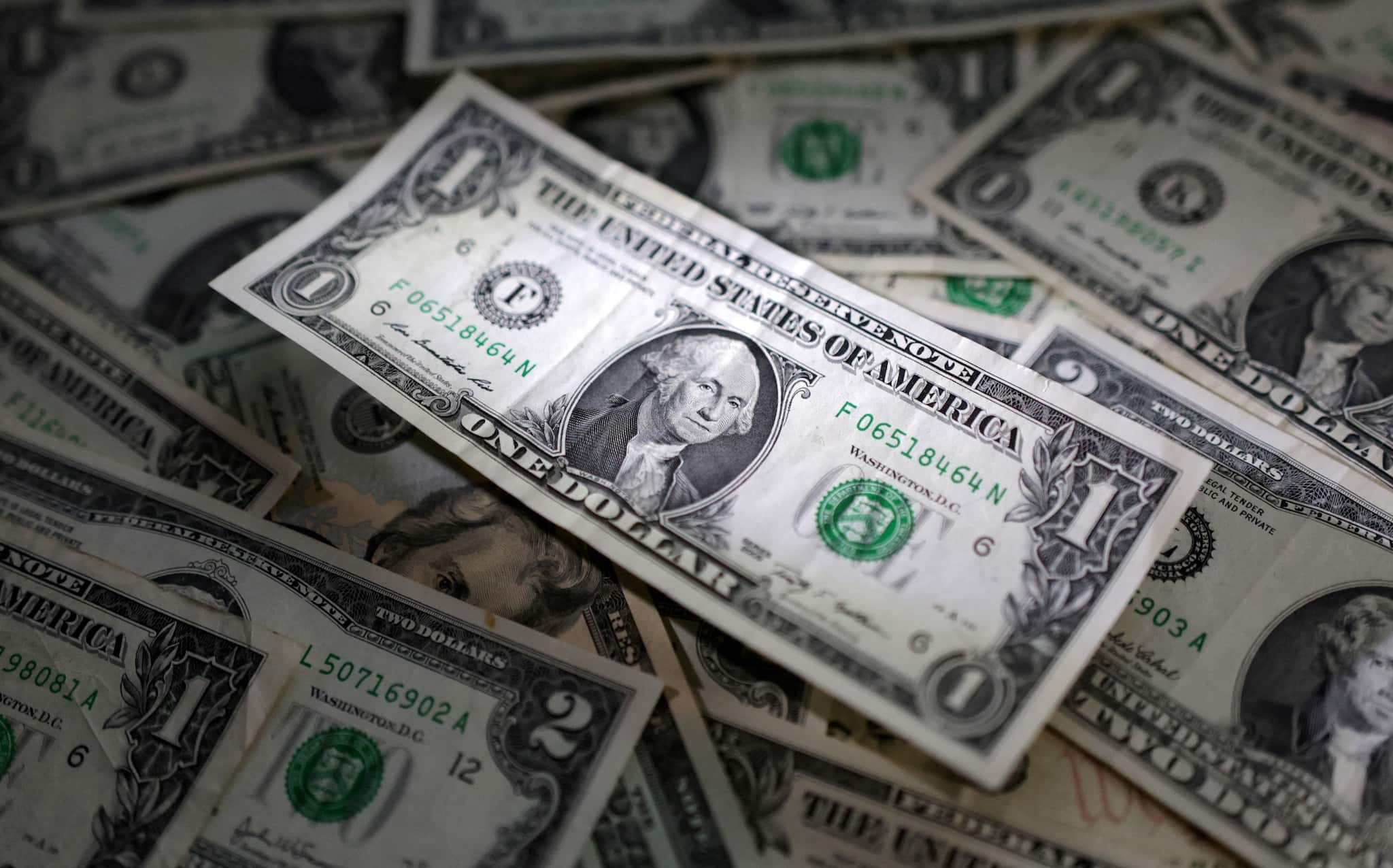The US dollar’s steep and unexpected slide—down 8% this year in its worst start in over four decades—is worsening the fallout of President Trump’s sweeping import tariffs. While the levies were already hurting foreign exporters, the weakening dollar compounds their losses by cutting into profits and pushing up the price of goods for US consumers. The ICE US Dollar Index has fallen to fresh lows against the euro, yen, and Swiss franc, forcing global central banks to consider emergency action, the Wall Street Journal reported.
Tariffs and currency shifts squeeze global exporters A weaker dollar means less revenue for foreign companies when converted back into local currencies, while also making their goods more expensive for American buyers. Exporters from Japan to the Scottish Highlands are feeling the pressure. Toyota’s earnings are under threat from the yen’s surge, and companies like LVMH and Campari face downgraded forecasts due to the stronger euro.

Even Harris Tweed in Scotland is grappling with the dual hit of a weak dollar and new 10% US tariffs. Central banks weigh emergency rate cuts The dollar’s fall is driving up foreign currencies to levels that risk deflation and weaker growth. The Swiss franc, up over 10% this year, could prompt an emergency rate cut to protect export-reliant industries.
The European Central Bank and Bank of Korea are expected to cut rates imminently, while the Bank of Japan has paused its tightening amid fears tariffs are pushing Japan toward a “bad scenario,” according to its governor Kazuo Ueda. Trump’s trade agenda fuels dollar sell-off In a break from conventional economic theory—which says tariffs should weaken foreign currencies—investors have fled US assets due to Trump’s erratic trade policy, reversing years of bets on US outperformance. The administration has sent mixed signals about its dollar policy, but Trump has long argued that a weaker dollar benefits American manufacturers.
The result has been a massive selloff in dollar-denominated assets, pushing up home currencies around the world. Europe and Asia brace for slowing growth Economists are now slashing growth forecasts across Europe and Asia. Vanguard has downgraded eurozone 2025 growth to 0.
8% from 1%. A stronger currency, along with falling inflation expectations, could return Europe to its pre-pandemic low-inflation environment. US inflation, meanwhile, remains elevated due to the tariff-driven price hikes.
Tourism and trade take a hit Stronger foreign currencies are also likely to reduce spending by American tourists abroad, denting local economies in destinations like Spain and Japan. For smaller exporters—from Japanese automakers to Scottish textile and whisky producers—the pain is acute. “Dealing with a weaker dollar will certainly compound the challenge of trading with the US,” said Margaret Macleod of Harris Tweed Hebrides.
Beijing keeps currency near lows as global pressure builds China has kept the yuan near multi-year lows and could allow further weakening to offset US trade measures, stoking fears of renewed currency volatility across global markets. For foreign companies already absorbing tariffs and currency losses, that may add another destabilizing layer in the months ahead..
















